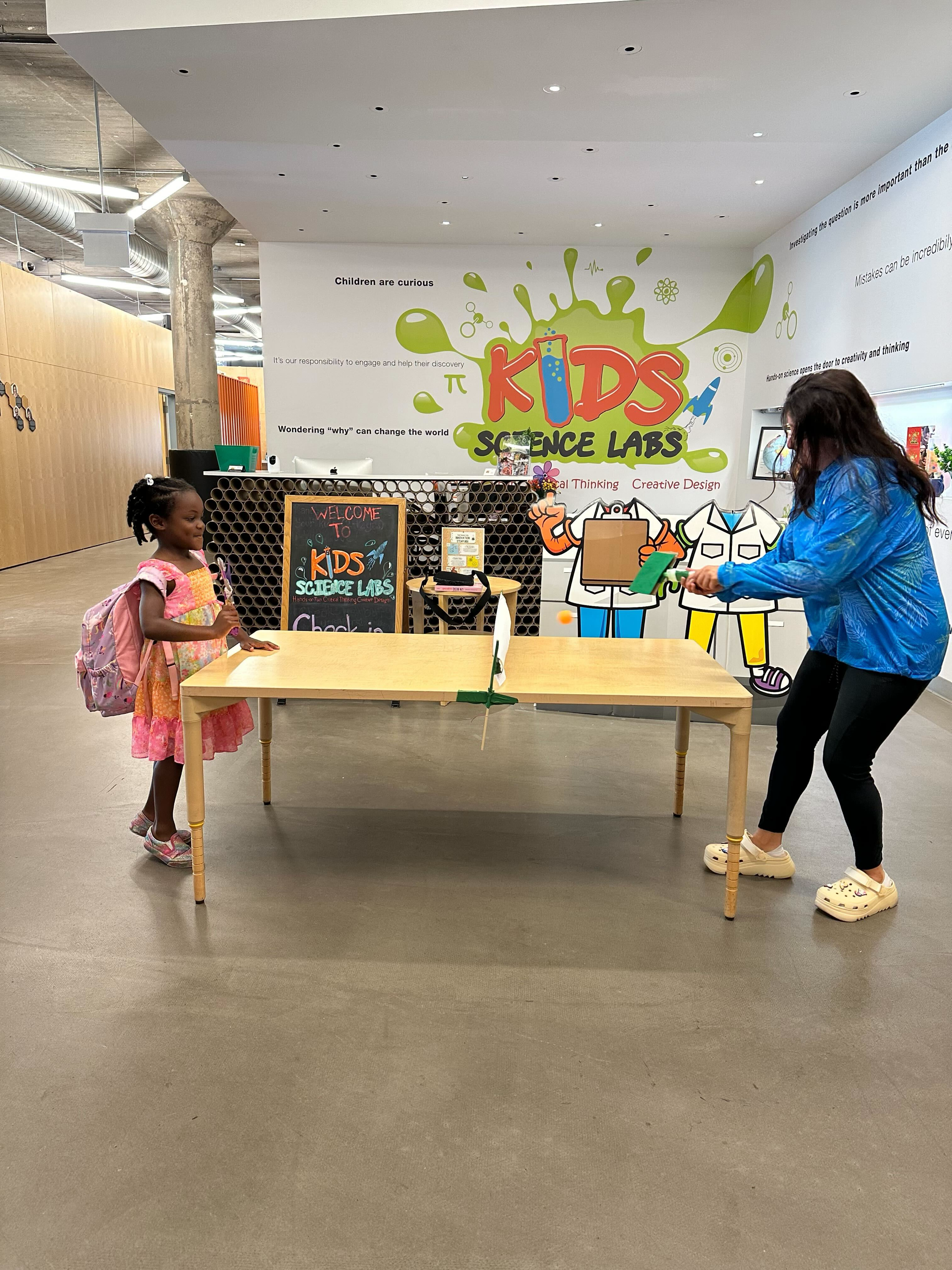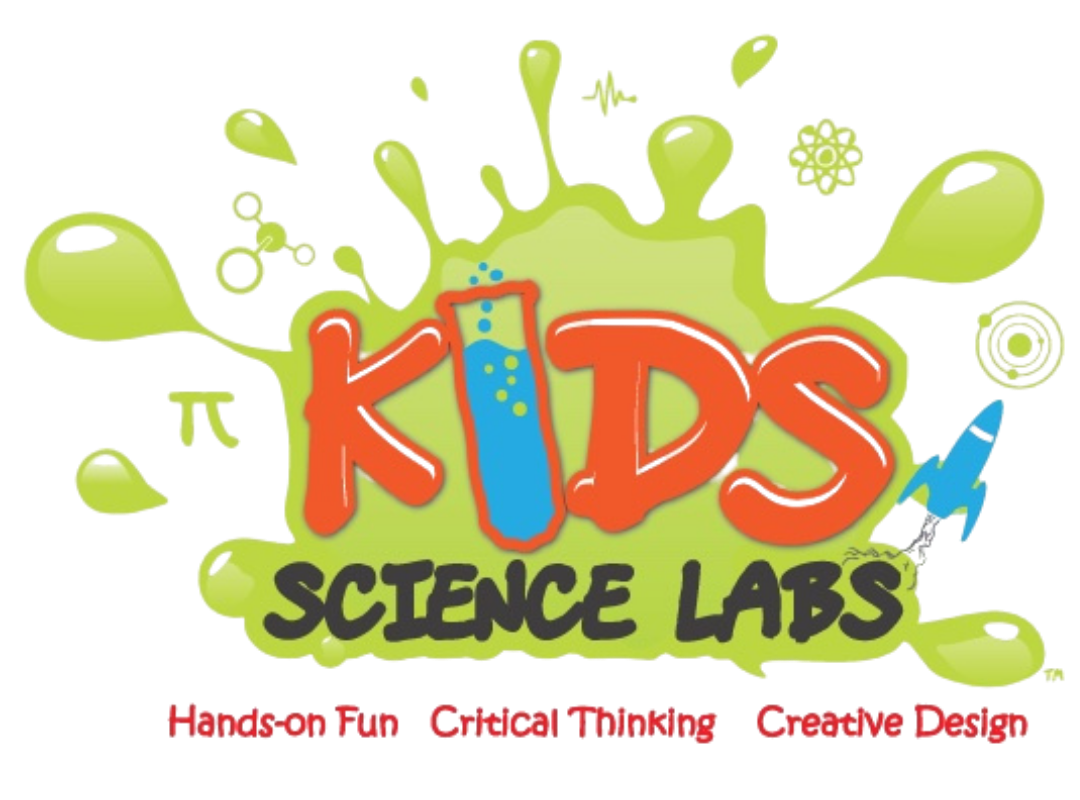
Kids Science Labs - Matter - Is Butter a Solid? Why Can I smell Cinnamon across the room?
KSL Academy Scholars explore three primary states of matter, and problem solving to change them and understand the chemistry to allows us to better appreciate matter in all its forms.

Why is syrup so thick (viscous) when it is cold?
Exploring the thickness of liquids (viscosity) is so much fun at Kids Science Labs, and in this post we share part of the joy of what occurred when we introduced a Slime Day of Camp at KSL.


